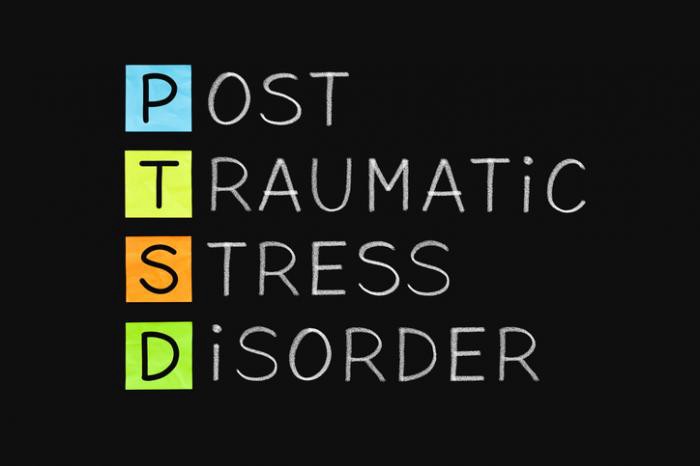
Saturday 13-11-2021 – Hypnosis
I am Rishi, a 29-year-old businessman suffering from headaches since the last 4 years. Inspite of taking numerous medicines, I have been unable to be symptom free for a longer duration. I have been advised to undergo hypnosis for this problem. Please shed some light on this matter.
Hypnosis is a powerful means of directing imagination, imagery and attention to control physical response to stress and pain, change habits and enhance control over psychological and somatic function. It is not a form of sleep but a complex process of attentive, receptive concentration. Although the peripheral awareness is reduced, focal attention is heightened during hypnosis. There may be a feeling of involuntariness, the movements seem to be automatic and suggested perceptions and movements can alter or replace ordinary ones. Therefore, you often see in hypnosis exhibitions that people can cut themselves, be bleeding profusely, yet be unaware of the pain that they feel from the cut and bleeding. Experimentally, even operations have been conducted using hypnosis as an anesthetic agent. All hypnosis is in essence, self-hypnosis, but when a person allows this form of concentration to be structured by another, the hypnotic experience is also characterized by an intense and sensitive relatedness between the two, with a relative suspension of critical judgment. This intense concentration can be actively initiated and structured to achieve agreed-upon goals. It is like an absorbing experience. People who are capable of having such intense absorbing experiences are relatively highly hypnotizable. This facilitates change by teaching an individual to become so focused on a specific theme or goal that they ignore old ways and easily accept new thoughts and feelings. There is sensitivity to inner cues as well as cues from the hypnotist. It requires a convergence of three essential components – absorption, dissociation and suggestibility. In absorption, there is a reduction of peripheral awareness to facilitate greater focal attention. As attention becomes more intense and focused, awareness of orientation in time and space decreases. In dissociation, there is a functional separation of elements of identity, memory, perception, consciousness or motor response from the mainstream of conscious awareness. In suggestibility, there is a tendency to perceive and accept signals and information with a relative suspension of customary critical judgment. The intensity of focus in hypnosis tends to suspend but not eliminate the evaluative component that allows us to judge our responses. Motivation can affect the process of suggestibility. There are a lot of misconceptions and misunderstandings about hypnosis and it is worth examining and clarifying some of the prominent ones. Some equate hypnosis with sleep but on the contrary, hypnosis is aroused, attentive attention. Hypnosis is misunderstood to be projected onto the patient but it is not so. The therapist’s job is to evaluate the patient’s responsiveness rather than project or force a particular mental state onto the patient. The other myth is that only weak or sick people are hypnotizability. However, the vast majority of highly hypnotizable persons do not have mental disorders. People often feel that hypnosis is dangerous. Nothing in the trance state itself is inherently dangerous, but exploitation by the operator and abuse of the patient using hypnosis can be harmful. No one has ever been lost in a trance state or been psychologically damaged merely from entering a trance state under the guidance of a competent therapist. It is a very safe and benign facilitator of treatment. In general, formal hypnosis is remarkably safe when used with sound clinical judgment in a goal-directed setting. You can discontinue hypnosis whenever you want to. Hypnosis should not be used in an environment that is coercive or threatening. You may still perceive the therapist as exerting considerable power over you but you should be aware and willing to discuss and diffuse such concerns. Hypnosis can be used for smoking cessation, weight control, anxiety disorders, phobias, posttraumatic disorders, dissociative disorders and memory retrieval. It is also used as an adjunctive treatment in a lot of medical procedures to enhance medical care and symptom control of side-effects of medicines like nausea, vomiting, pain, headaches, itching and edema. It can be used to stabilize blood pressure and respiration. For your problem of headache, which is more likely to be tension headache the use would be as follows. Firstly, the imagination is to produce generalized relaxation to reduce the anxiety component. Suggestions are used to create comfortable responses to specific environmental cues, which produce headaches. Hypnosis can also teach how to dissociate from negative environmental cues and use distraction. The muscle tension is relieved by relaxation. Secondly, you learn to dissociate the part of the body that hurts. The next step is to concentrate on an image that connotes physical relaxation like floating or lightness. You also have perceptual alteration in which you are taught that the head in numb. This will help you switch off the perception of pain. The goal of this treatment is to stop fighting the pain, decreasing psychophysiological tension and discomfort while simultaneously increasing mastery and control with imagined tingling numbness. Thus, you learn to modulate the pain perception and attention by filtering the hurt out of the pain. The heightened awareness of the hypnotic state provides you with a powerful tool to respond to signals that have been coming to the body from outside and through training, practice and personal choice to influence signals from the brain downward to the body. Imagined activity is heightened, maximizing selective mind-body effects. Lifestyle, relationships, ability to maintain previous levels of activity, issues of secondary gain also has to be looked at. The success of the hypnotic treatment correlates with the degree of your motivation, the ability of the therapist to formulate an acceptable rationale and how well the therapeutic strategy matches your personality style and hypnotic capacity. It is most effective when used early before the pain hampers concentration. It is simple, effective and has no adverse side effects.



